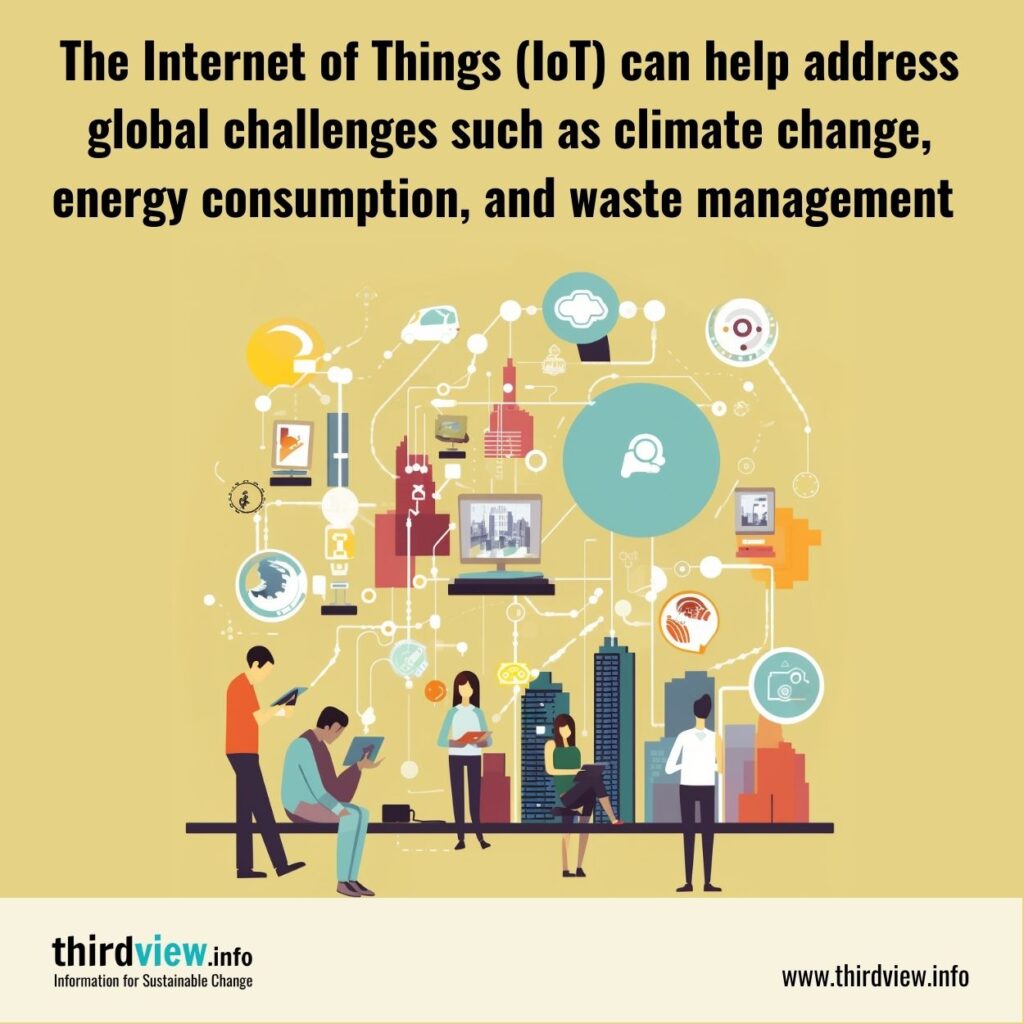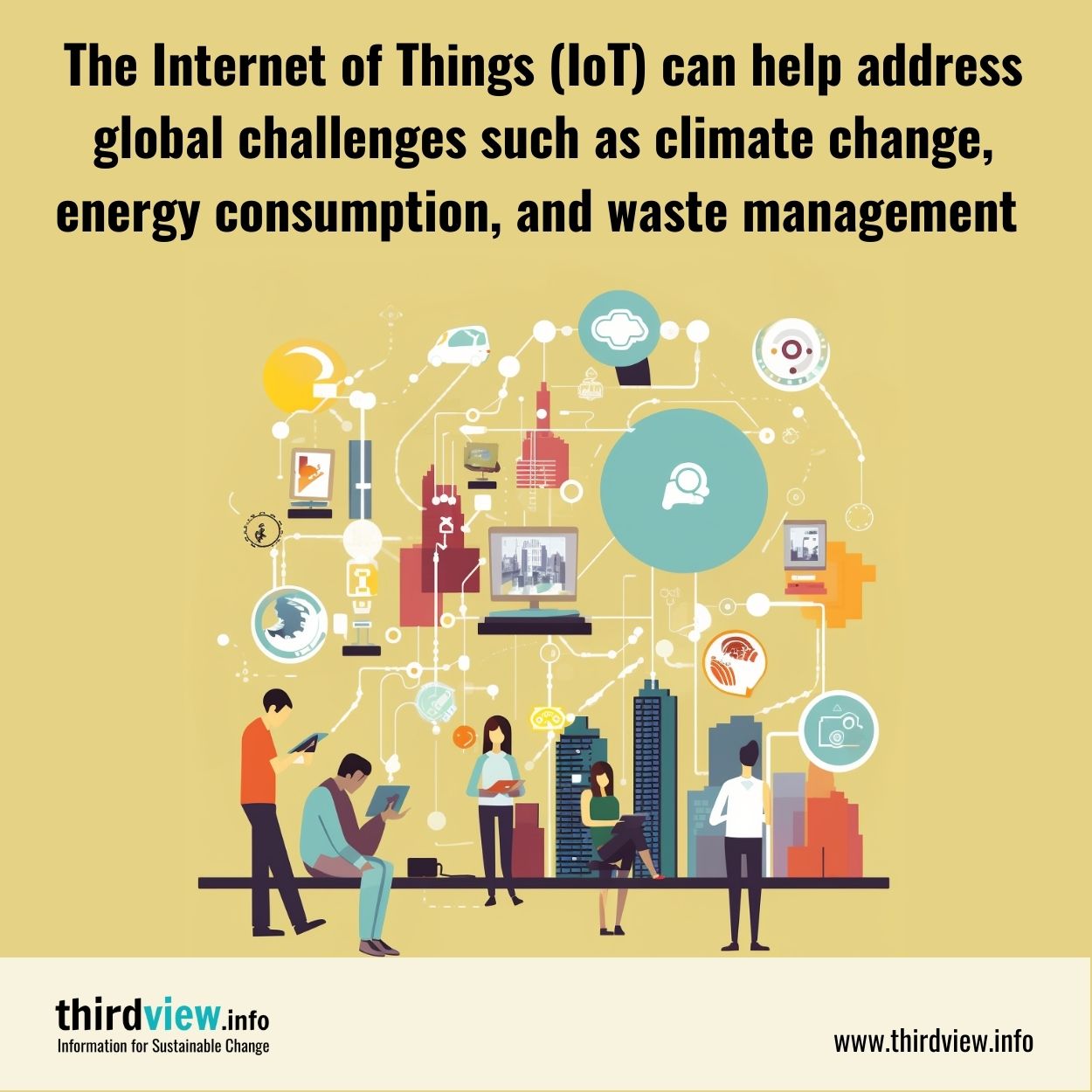The Sustainable Development Goals (SDGs) are 17 global goals adopted by the United Nations in 2015 to end poverty, protect the planet, and ensure prosperity for all. It is estimated that these goals can be achieved by 2030. In order to do this, many organizations and governments worldwide have turned to technology, specifically the internet of things (IoT), to help reach these goals. Let’s take a look at how IoT can help us achieve sustainability and meet the SDGs.
What is IoT?
The Internet of Things (IoT) is a network system of devices that can communicate with each other through the internet. These connected devices can range from phones and computers to appliances and wearables. By connecting everyday objects to the internet, we can collect data more efficiently than ever before and use it in powerful ways. This has opened up numerous possibilities for businesses, governments, and individuals alike.
How Can IoT Help Reach the SDGs?
One way that IoT can help reach the SDGs is by providing data-driven insights on how people interact with their environment. For example, connected sensors could monitor air quality or water usage in real-time, alerting us when pollution levels exceed safe limits or when resources are being used inefficiently. In this way, we can make better decisions about our environment as well as build smarter cities that are not only sustainable but also resilient against climate change and natural disasters. Additionally, IoT solutions like smart homes or connected health systems can help improve access to education and healthcare services for those who are underserved or living in rural areas by providing them with real-time information and support services they need when they need it most.
IoT technologies also have tremendous potential in addressing global challenges such as hunger, poverty, climate change, energy consumption and waste management—all of which are closely linked with reaching the SDGs by 2030. For instance, precision agriculture powered by IoT technologies such as autonomous tractors and soil monitoring sensors could drastically reduce food waste while increasing crop yields—a major step towards ending world hunger. Similarly, solar energy monitoring systems integrated with smart grids could increase energy efficiency while reducing emissions—a critical factor in mitigating climate change effects on our planet’s health.
The potential for using IoT technologies to achieve sustainability is immense; however, it requires careful planning and implementation across multiple sectors if it is going to be successful in helping us reach the SDGs by 2030. Governments around the world need to invest more resources into developing robust infrastructure that supports connectivity between different devices so we can realize the full potential of this technology for creating a more sustainable future for all of us. With enough collaboration between stakeholders from public sector organizations, private companies and NGOs, we will be able to utilize IoT solutions effectively towards achieving our common goals for a sustainable future.


